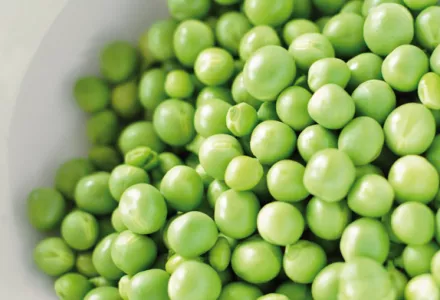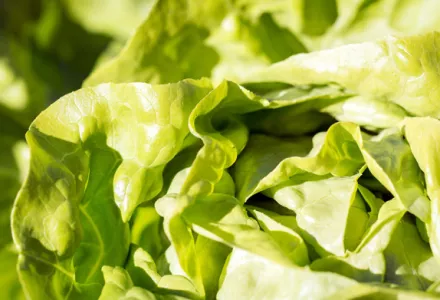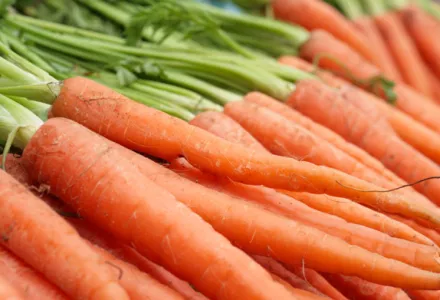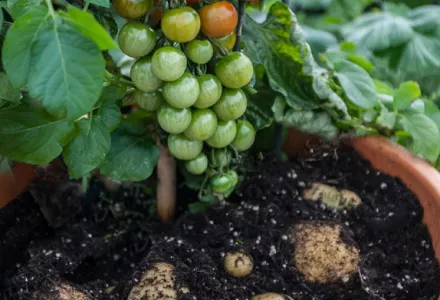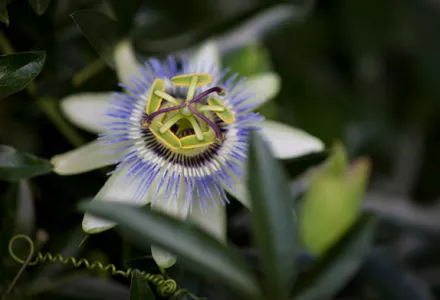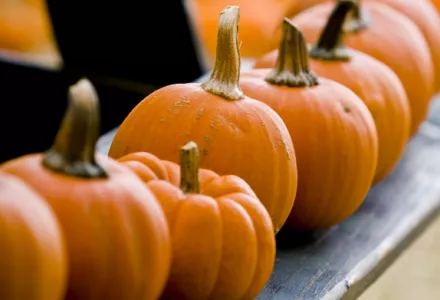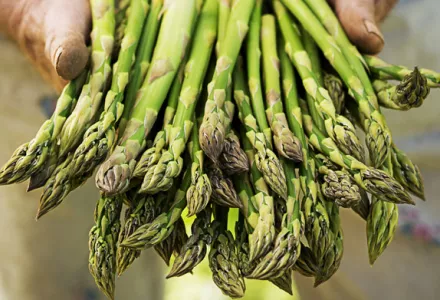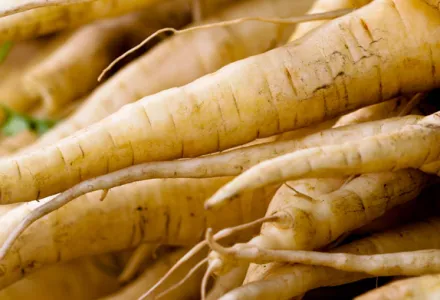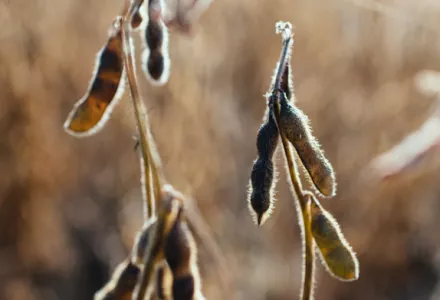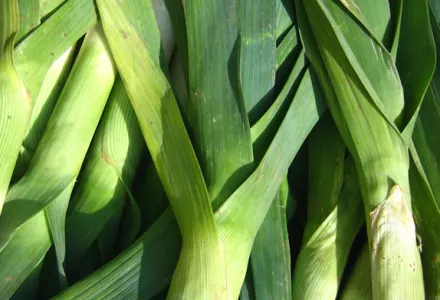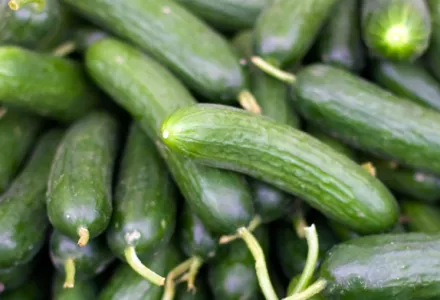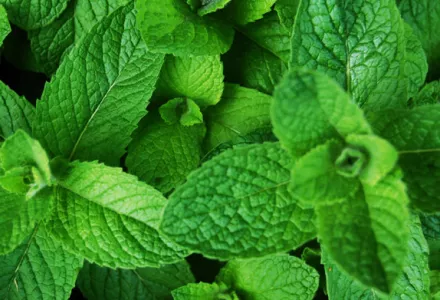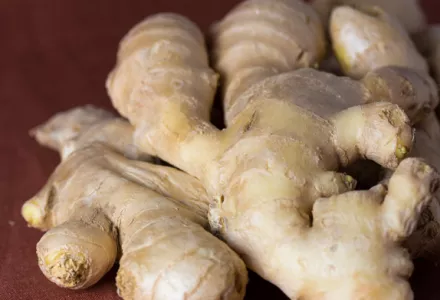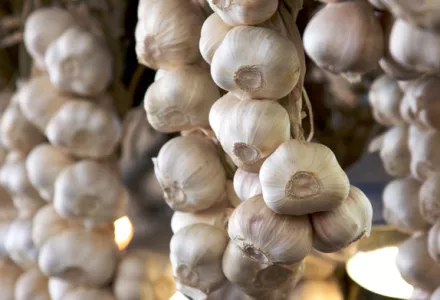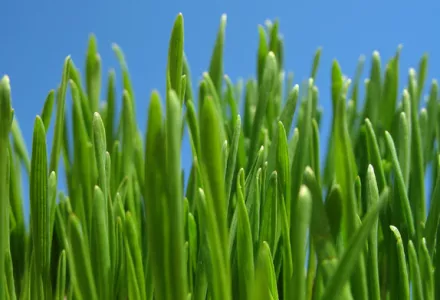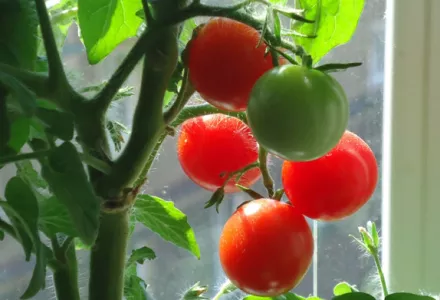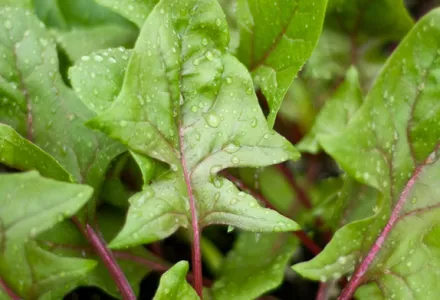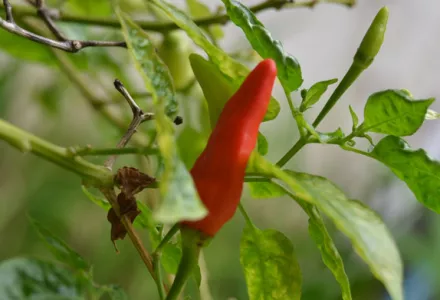Kale has it all. Not only is it nutritious and easy to grow, it’s damned attractive too. Kale is fiercely flavoursome and gently generous. It’s the cool weather green that just keeps on giving, a leader among veggies that just cannot be denied. All hail, King Kale.
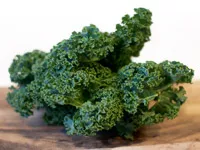
Are you one of those health-loving, smoothie-sipping kale lovers? Are you a proud muncher of raw kale? Well, you’re not alone. Kale has got celebrities and even presidents under its spell. Kale is the natural-born leader of the veggie revolution. Raw, blended, sautéed or in chip or crunch form, it seems that kale is the munch of choice for the great and the good: Gwyneth and Jennifer can’t get enough of it and Kevin Bacon recently declared: “It’s the age of kale. A day without kale is like a day without sun.” Bette Midler says: “Kale is burning up the veggisphere.”
Hell, even the Obamas dined on kale salad at their Thanksgiving feast, notes The Washington Post. With such powerful friends in all the right places, world domination must surely be just around the corner for these mighty green leaves.
Farmer’s cabbage
A member of the brassica family, kale has a good pedigree as well. Cabbage, broccoli, cauliflower and even run-of-the-mill root veggies like turnip are all part of this great big green family. Kale is also known as borecole, which means ‘farmer’s cabbage’ in Dutch. Many varieties are now available, the most common being Scotch kale with its frilly, tightly curled leaves.
Like broccoli, cauliflower, and collards, kale is a descendant of the wild cabbage, a plant that is thought to have originated in Asia Minor and to have been brought to Europe around 600 B.C. by groups of Celtic wanderers. Curly kale played a major role in early European dishes, having been an important crop in ancient Roman times and a popular vegetable among the peasant classes in the Middle Ages. English settlers brought kale to the United States in the seventeenth century, the smart buggers.
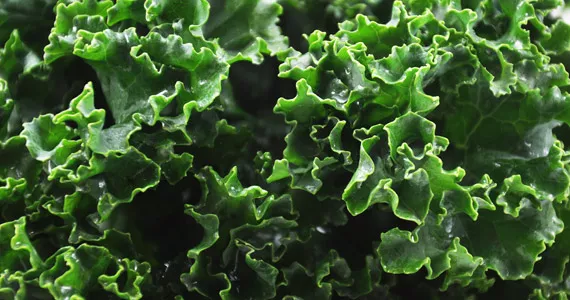
Super greens
Yes, everyone loves kale, that much is clear. But even though it's the hottest vegetable on the scene, many of its healthful attributes remain a mystery to the general public. Well, we’re about to change that. Dark leafy greens like kale are important for the health of skin, hair and bone, and they provide protein, iron, vitamins and minerals. These super greens are positively packed with nutrition that puts them high up on the list of the world's healthiest foods. Even spinach cannot come close in comparison to the number of nutrients that kale provides.
More vitamins than an orange
Did you know that kale has more vitamin C than an orange? One cup of cooked kale has over 1000% more vitamin C than a cup of cooked spinach but it also beats oranges. One cup of chopped kale has 134 percent of your recommended daily intake of vitamin C, while a medium orange has 113 percent of the daily C requirement. And what’s more, a cup of kale weighs just 2.4 ounces, while a medium orange weighs 4.6 ounces. In other words? Ounce for ounce, kale has more than twice the vitamin C of an orange.
And then there are the fats that kale contains. ‘Fats?’ we hear you ask... Yes, fats - the good kind though. We don't typically think of our greens as a source of any kind of fat, but kale is actually a great source of alpha-linoleic acid (ALA), which is a type of omega-3 fatty acid that's essential for brain health, reduces the risk of Type 2 diabetes, and boosts cardiac health as well. And then, kale is also the king of vitamin A. It has 133 percent of a person's daily vitamin A requirement – that’s more than any other leafy green. And you thought that you should drink cow’s milk to satisfy your body’s need for calcium? Well think again. Stop stealing milk from those poor old cows because kale beats milk for calcium content.
The possible health benefits of consuming kale include improving blood glucose control in diabetics, lowering the risk of cancer, lowering blood pressure, improving bone health, lowering the risk of developing asthma and more. Are you hungry yet?
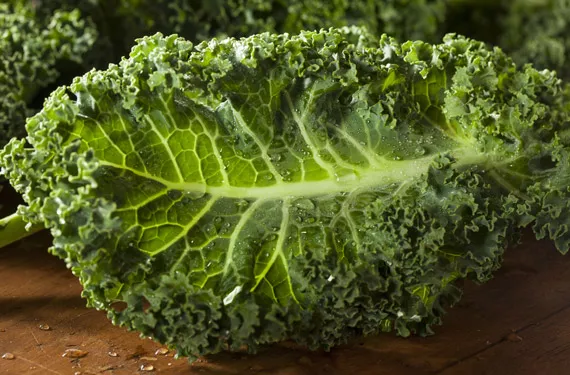
Grow it yourself
So you want to get down and dirt up with this veggie hero, yeah? Well, you can grow kale or from seeds sown directly into prepared soil, but especially in spring it’s best to start seeds indoors and set them out under protective cloches four to six weeks before your last spring frost. As long as they are protected from cold winds, kale transplanted into cool soil will quickly establish itself and start growing. Kale prefers cool temperatures. Frost will sweeten its taste, but warmth will turn it bitter. Sow in February-March for a winter harvest.
Ideally, choose an area with full sun and rich, well-drained soil with a pH of 6.0-7.0. If the soil is too acidic, add lime. If the soil isn’t rich enough already, dig in some compost or well-rotted manure. Since you’re growing kale for its foliage, a high nitrogen content is recommended.
Your kale plants can either be seeded directly into the garden or transplanted as seedlings. For direct seeding, sow about 0.4 inch deep and about 12-18 inches apart. Three or four seeds can be planted together and thinned out at the two-leaf stage. As long as you ensure that the soil doesn’t dry out, your seeds should germinate in about 5-8 days.
Transplanted seeds should also be spaced 12-18 inches apart, giving them room to spread. Choose healthy plants and keep them slightly moist. Keep young plants well watered. In combination with cool temperatures, moisture will encourage tender, sweet leaves.
Liquid fertiliser
Apply a mulch to keep the soil moist and cool, control the weeds and protect the plants from late summer heat. Kale will also benefit from regular applications of liquid fertiliser during the growing season.
Your kale should be ready for harvest within around two months, depending on the weather conditions and the variety you choose. Begin harvesting when the leaves are larger than your hand, and simply break off the older, bigger leaves, as you need them for cooking. Younger leaves are good to use fresh in salads and the mature leaves can be used for cooking. New leaves will continue to grow from the centre of the plants. After the plants reach a harvestable size, most varieties will yield three leaves per plant every five days.
Leaf quality is best in the fall, after the plants have been exposed to a few light frosts. These are the best leaves to blanch and freeze for long-term storage.
You can harvest the lower leaves regularly, allowing the centre of the plant to continue to produce. Alternatively, you can wait until the plant is mature and harvest all at once.
Kale is easy to grow but it can fall victim to many of the pests and diseases that the brassica family are susceptible to, such as the cabbage moth, aphids, snails, slugs and some soil-borne diseases. Healthy kale grown in rich, well-drained soil will be able to withstand these problems better. Crop rotation is also strongly recommended, meaning that members of the cabbage family should not be grown in the same place in the following year. This reduces the likelihood of pests and diseases building up in the soil. We want to keep king kale as healthy as he is himself.
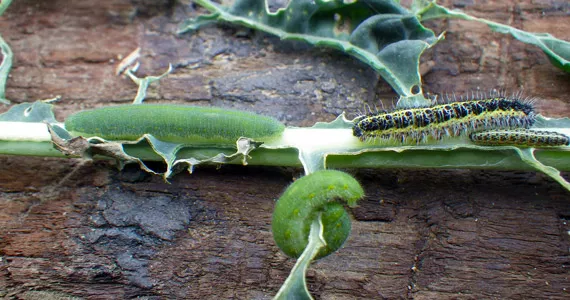
Eat it yourself: the Kale Salad Recipe
So now that you are fully clued up about kale – what’s the best way to eat it? Well how about a nice kale, apple, and pancetta salad to warm up cold days? With the slight bitterness of the kale and radicchio, the crispy-salty pancetta, the tart apples and the sweet maple syrup, this hearty winter salad hits all the right taste buttons. And it looks great on the table too.
Here’s what you’ll need:
| A little extra virgin olive oil |
| 7.1 oz diced pancetta |
| A dash of champagne vinegar |
| 1/4 cup pure maple syrup |
| 1/4 teaspoon salt |
| 1/4 teaspoon freshly ground black pepper |
| 1 small head radicchio, shredded |
| 1 bunch kale, stems discarded, leaves shredded |
| 2 tart yet sweet apples, sliced into thick matchsticks |
| 1.8 oz pecans |
Ready? Steady? Let’s cook...
- Heat the olive oil in a small pan and add the pancetta at a medium heat. Stirring frequently, sauté until the pancetta is golden and crispy.
- Strain the pan drippings into a small bowl and place the crispy pancetta to one side to cool.
- Add the champagne vinegar, maple syrup, salt and pepper and whisk well.
- Combine the radicchio, kale, apples and pecans in a large bowl. Add the dressing little by little, while tossing the salad until it is completely dressed.
- Taste and adjust the seasoning with salt and pepper. Garnish the salad with the golden crispy pancetta. Grab a plate. Open up a nice bottle of oaky red wine. Pour into glass. Light the fire in the hearth.
Enjoy!

